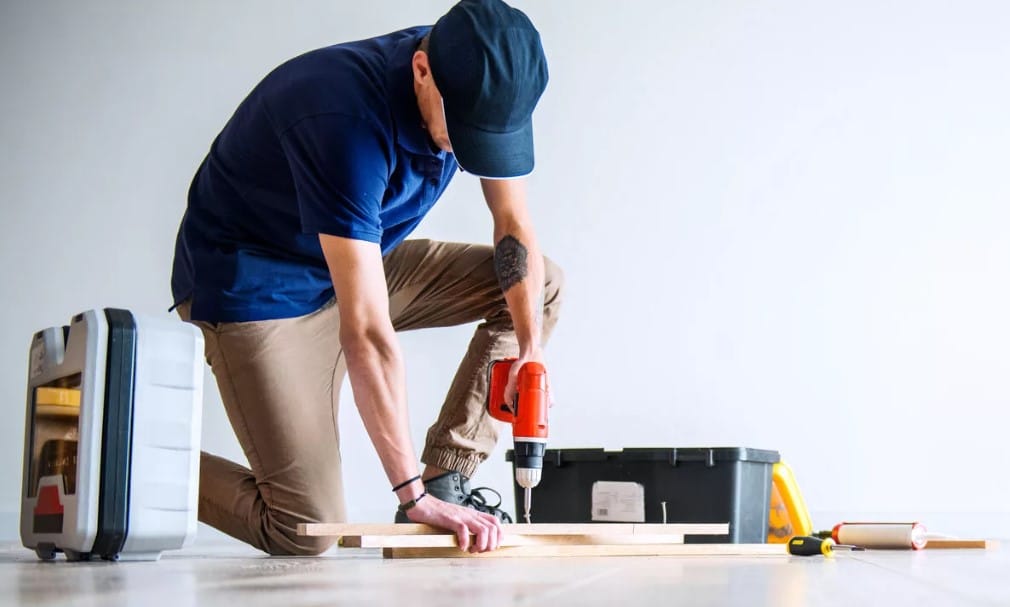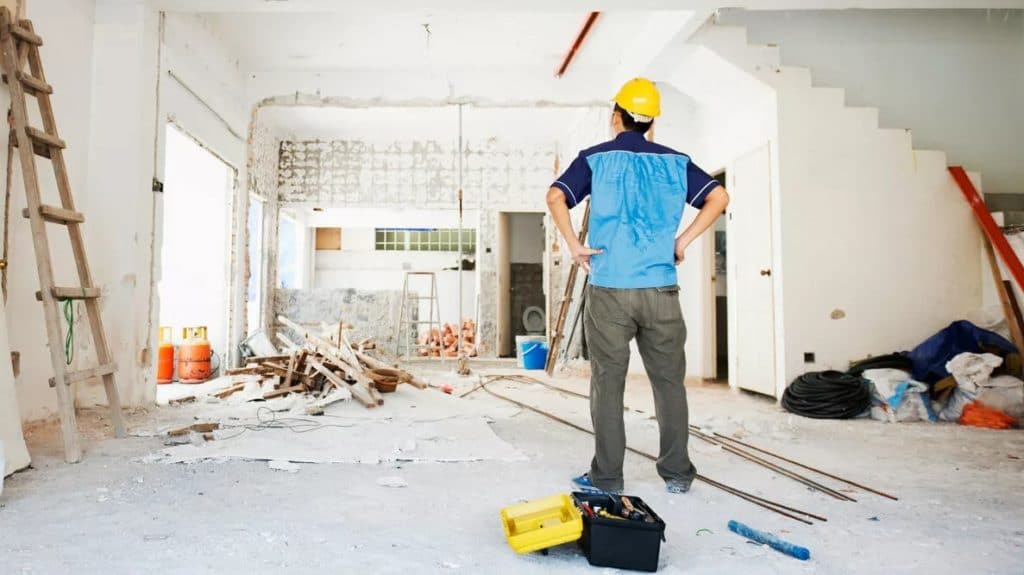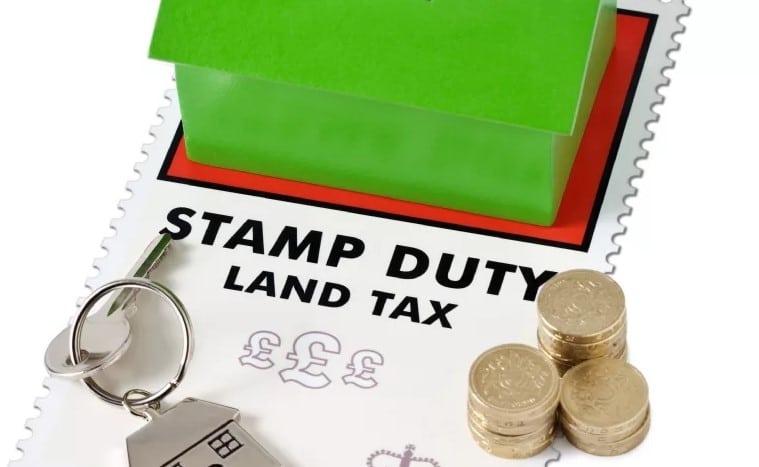Chances are that you’ve heard of the concept of flipping houses in passing, with shows like The Block showcasing the entertaining side of it. However, watching other people do something is far different than getting into it yourself. So, with this in mind, here’s all the essential insight you need to flip houses successfully.
What Is House Flipping?
House flipping is purchasing a property at a low price, then doing strategic renovations that allow you to sell it at a higher one, resulting in a profit. When people go into flipping houses as a career, they generally scour property listings in their local area to see what options are available, and what they think they can make a profit on. The actual renovation work may be things they do themselves, or with the help of enlisted contractors.

House Flipping Advice
1. Follow the 70% Rule
The 70% rule in house flipping is that you shouldn’t pay more than 70% of the after repair value of a property to buy it initially. This helps ensure that you make a profit, even after the necessary renovations.
2. Never Buy Sight Unseen
If a price seems too good to be true, it probably is. A property valued extremely low may require so much repair that it’s impossible to make a profit on it.
3. Have A Realistic Timeline
The quick turnarounds you see on house flipping shows are due to massive contractor teams, which you likely won’t have access to. Be sure to account for how long it will take for you to see a profit from a given property.

4. Understand Your Tax Responsibility
The ATO says that if you engage in property flipping, you need to report your net profit or loss from the renovation on your income tax return. This isn’t necessarily a set property flipping tax in Australia, but even if you don’t live in the house, you need to report it.
5. Be Prepared for Delays
Just like a new construction home, there may be delays and setbacks that end up hurting the timeline for your renovation. It’s important that you account for this in your initial planning, as well as how much you pay for the property.
6. Have an Exit Strategy
Say that you renovate a property, but the housing market in the local area tanks. You want to have a plan to unload the property with minimal financial loss.
7. Be Mindful of Stamp Duty
This is unique to Australian houses and is generally an additional 3%-4% of the property’s value that you will have to pay. Take a note of this to ensure you don’t buy a house for too much to be profitable.

8. Consider Additions Wisely
A few high-end additions can raise the price for even a lower-end home. Just make sure you don’t invest more money than you can get back.
9. Know Your Buyers
The ultimate goal is to make your property as appealing to local buyers as possible. Be sure to look at other, similar homes in the area to see what helps properties move.
10. Consider Investment Properties Instead
Buying a property to flip it means generally getting it sold as soon as you can. But could you make more money in the long-run if you wait, or even rent it out? Consider the value of property in the area if this is the case. Pop culture and TV shows have made the idea of flipping houses for a living a romantic notion for a lot of people looking to increase their income. But just like any other business venture, it’s important that you know the risks and struggles involved rather than automatically assuming you will find success. Occasionally flipping a house that you get a good deal on may not be a bad idea if you have an interest and want a secondary stream of income. But when you decide to enter the career stage, there’s a lot more pressure to find the right deal every time.



'What Is House Flipping Business?' have no comments
Be the first to comment this post!